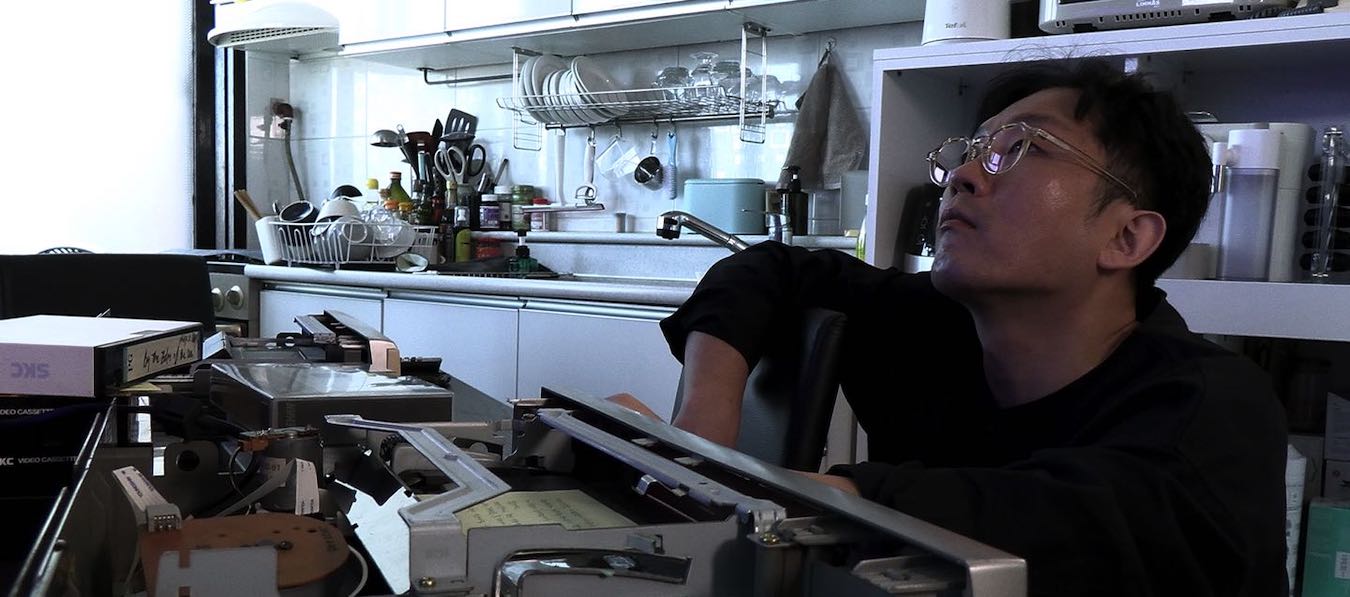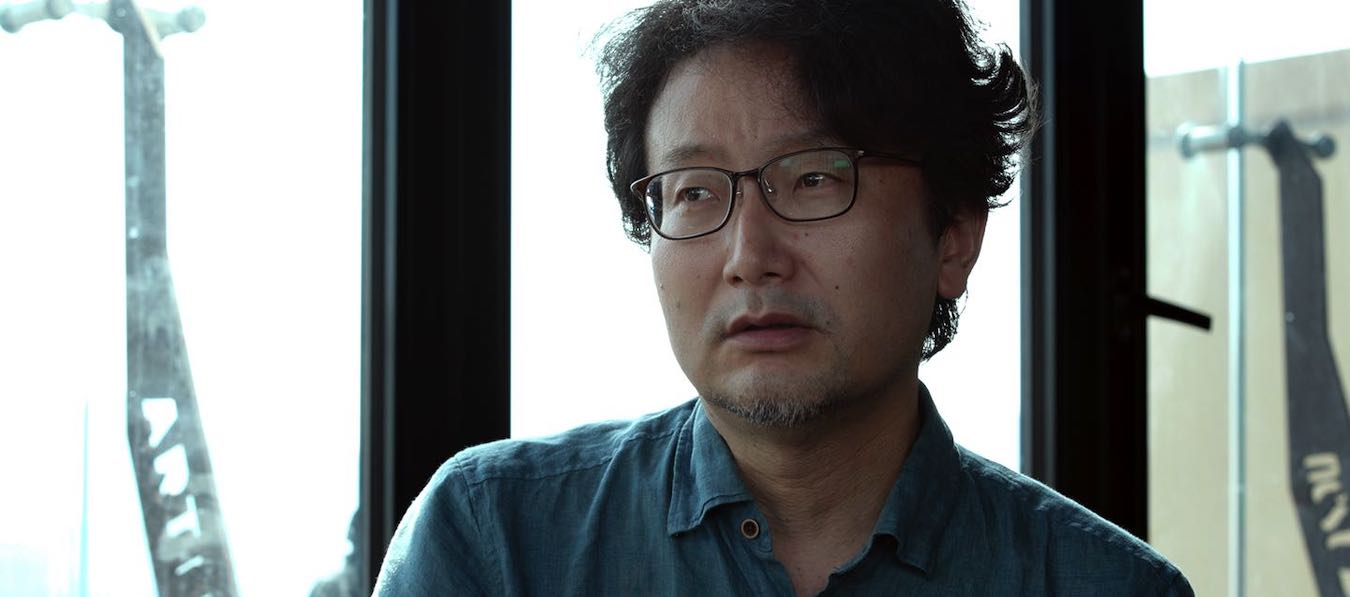by Brian Hioe
語言:
English
Photo courtesy of BIFAN
This is a No Man is an Island film review written in collaboration with Cinema Escapist as part of coverage of the 2023 Bucheon International Fantastic Film Festival (BIFAN). Keep an eye out for more!
REWIND, PAUSE, THEN PLAY is an insightful documentary look at the videotape and its history, specifically in the South Korean context.
In many ways, Rewind, Pause, Then Play is concerned with the history of the analogue in the age of the digital. Videotapes, after all, are physical media for storing images and film.
Before the rise of the internet made it easy to share images and video online, the physicality of the videotape was a necessary prerequisite to distributing video. In particular, this resulted in collectors hoarding videos because of the rarity of the images contained within, or ideas and influential visuals spreading along with the circulation of video tapes. But videotapes have not been reappropriated as collector items in the manner of records or LPs.

Photo courtesy of BIFAN
Rewind, Pause, Then Play mostly combines interviews with Korean filmmakers and artists with archival footage. Interviews often touch upon shifting trends in visual culture or filmmaking, as tied up with the spread of certain movies or images, such as art films from Europe that entered South Korea in this way. This dovetailed with the political history of South Korea in an age of authoritarian unrest, when the circulation of certain movies was banned, and it was difficult to obtain foreign films. What emerges through Rewind, Pause, Then Play is the extent to which South Korean filmmakers and artists were in dialogue with the international world in spite of authoritarian repression during this period; the medium through which this took place was the videotape.
Artists and filmmakers interviewed for the documentary sometimes reflect on the influential texts of their period, but most oftentimes those l texts and referents were circulated on videotapes themselves. There is perhaps an element of nostalgia to this, in that the interview subjects are reflecting on when they were young.
But part of the intent of the film may be to shed some light on this period for those who have only grown up in the age of the digital. Certainly, this seems to be one of the aims of sections of the film dealing with the rise of differing video formats such as the short-lived Beta tape, as promoted by competing electronics companies.

Photo courtesy of BIFAN
Rewind, Pause, Then Play gets lost in the midst of its many interviews at times, with no real narrative emerging from the interviews or archival footage used to supplement them. Likewise, though one does not need to watch the film with significant knowledge of Korean history, being familiar with the details of the period would make the watch all the more enriching.
But, either way, the documentary is insightful nonetheless. What Rewind, Pause, Then Play does well is combining a political history of South Korea with the history of a specific analogue medium. Though the film is likely best watched by those that already know something about Korea, it is interesting nonetheless.



